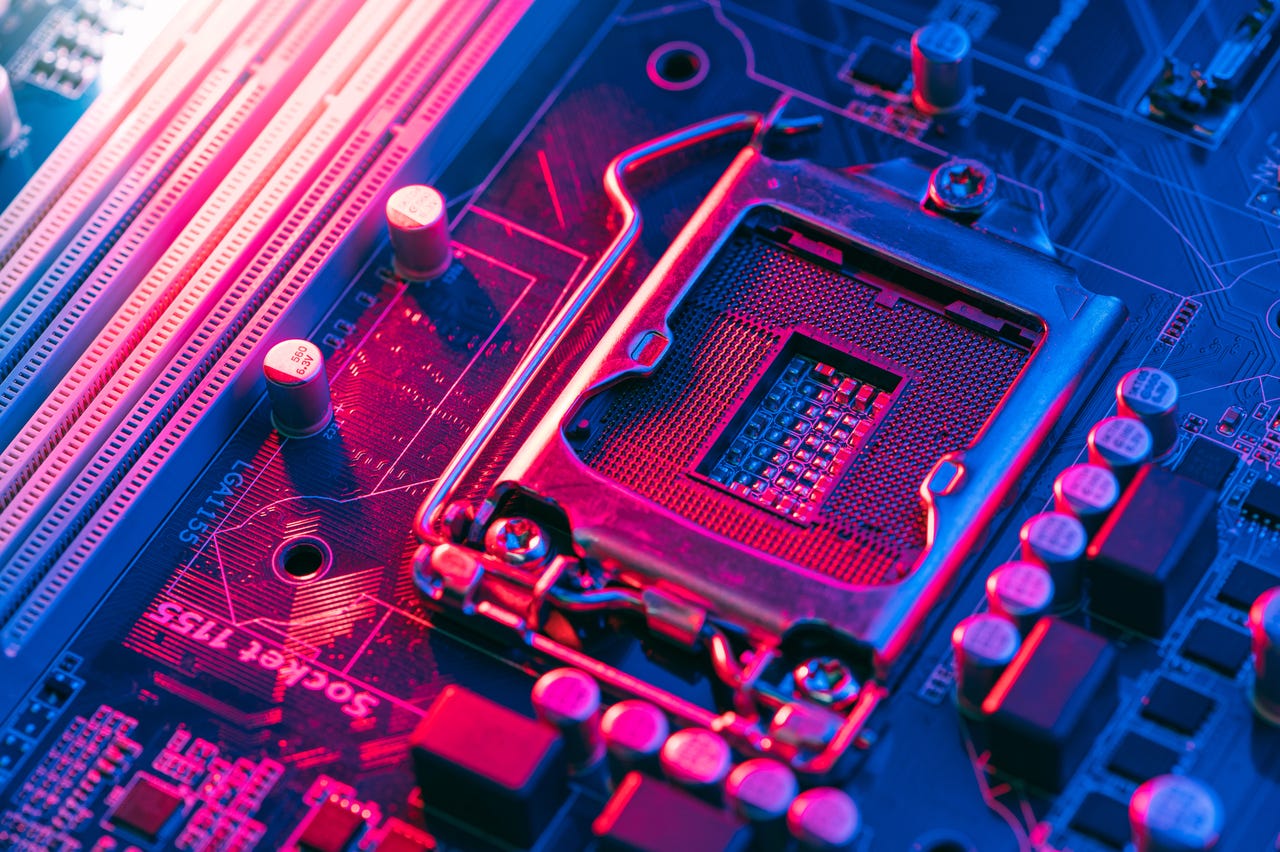































 Narumon Bowonkitwanchai/Getty
Narumon Bowonkitwanchai/Getty If you want to carry out some PC upgrades -- maybe add more RAM or change a CPU -- then it's a good idea to know what CPU and motherboard are at the heart of your system. Knowing this means you know what components you need for an upgrade.
Also: Does your old PC need a speed boost? This thumb-sized accessory did the trick for me
So, how do you find out what's inside your PC? Well, fortunately, there are several easy ways to find out.
Probably the quickest and easiest way to find out what motherboard you have is to use the built-in tools. This approach works for most PCs.
Press Windows + R to open the Run dialog box, and when it opens, type "msinfo32" and then hit Enter.
The System information application should open and display everything you need to know about your PC.
Another way to do this task is to download and install CPUID, an app that gives in-depth info about your PC.
Also: How to replace Windows with Linux Mint on your PC
This tool does a lot more than tell you what CPU you have. For example, it can tell you the:
If you have a Windows PC, the quickest and easiest way to find out what motherboard you have is to use the built-in tools. This approach works for most PCs out there.
Press Windows + R to open the Run dialog box, and when it opens, type "msinfo32" and then hit Enter.
The System information application should open and display everything you need to know about your PC.
You're looking for three lines specifically:
Typing these details into a search engine will likely bring up the information you're looking for about the motherboard in your PC.
As pointed out above, CPUID is a handy utility that provides a deep dive into your system info. The tool can also give you information about the motherboard inside your system.
Whether you bought your PC ready-made or built it yourself, your PC likely came with information about the motherboard and other components. If you built it yourself, you will have a manual for the motherboard (either a physical one, an electronic copy, or information on where to find an electronic copy).
The motherboard's manual is a veritable treasure trove of information about your PC. It's one of those manuals that's worth keeping. Beyond just telling you what motherboard you have, the manual says what RAM and CPU it supports, explains what error codes or beeps mean, and how to update the motherboard's firmware.
Also: How to get a free Windows (or Linux) recovery image for your Dell, HP, Lenovo, or Microsoft Surface PC
While I generally put manuals straight into the recycling bin, I always keep motherboard manuals for future reference.
If you know what motherboard you have and need its manual, type the name into a search engine and go to the manufacturer's website -- the manual should be available there.
If a PC is dead or won't boot up, and I want to know what the motherboard is, so that I can order replacement parts, this is when I turn to a visual inspection. Motherboards usually have the manufacturer or name printed on them somewhere.
For example, take thisASUS ROG Strix Z790-E , which has the name printed next to the CPU socket:
Motherboards usually have the manufacturer or name printed on them.
ASUSThat's all there is to it. Good luck searching for the info you need.
 Горячие метки:
Технологии и оборудование
Вычислительная техника и оборудование
ПК с ПК
Горячие метки:
Технологии и оборудование
Вычислительная техника и оборудование
ПК с ПК